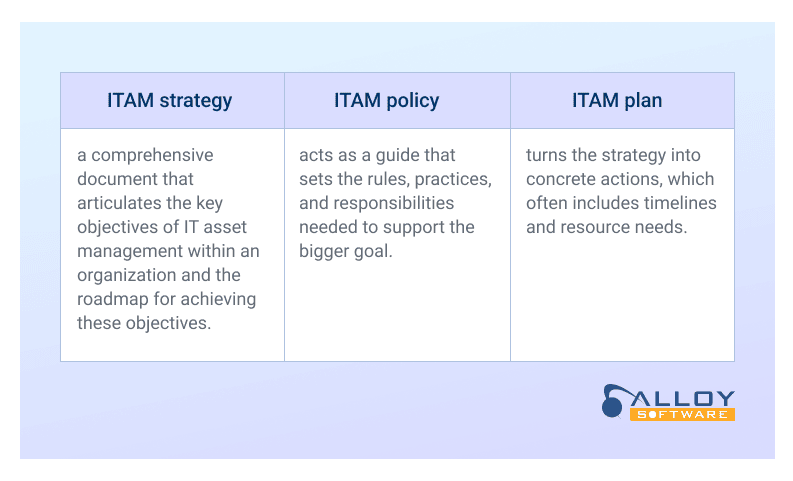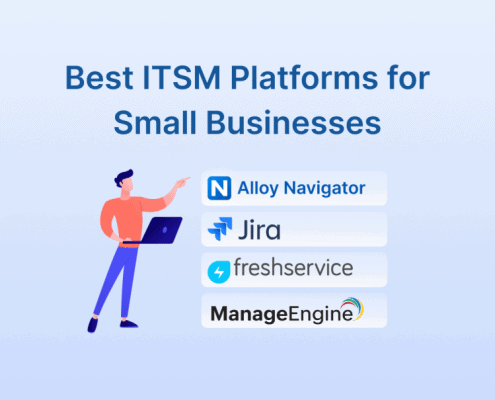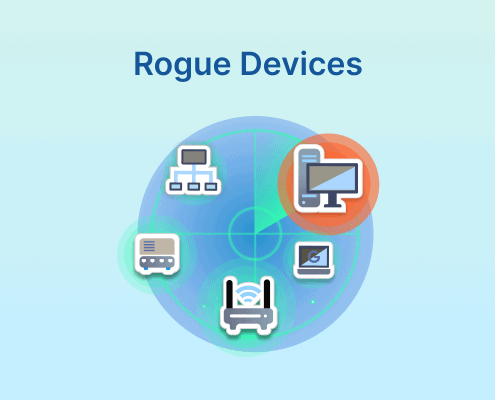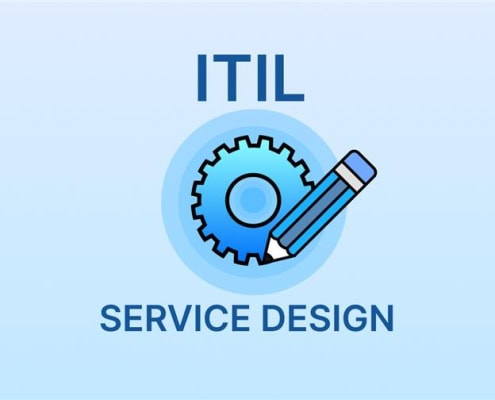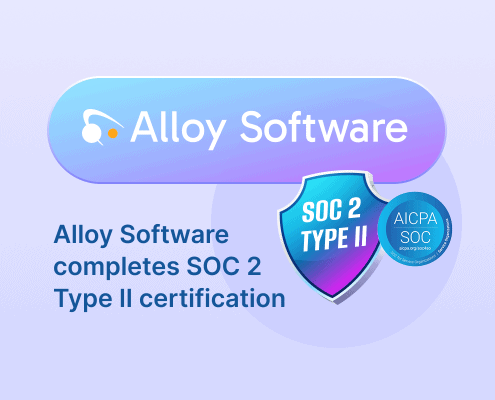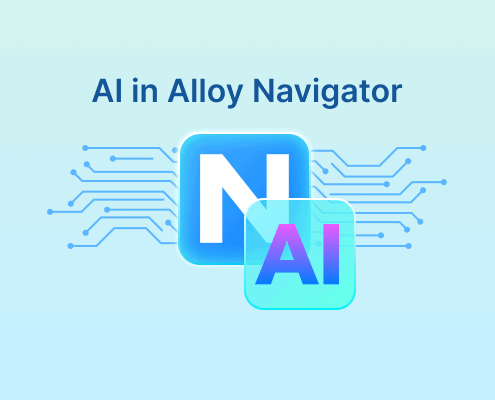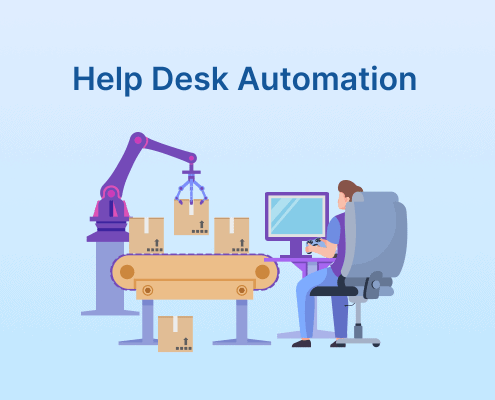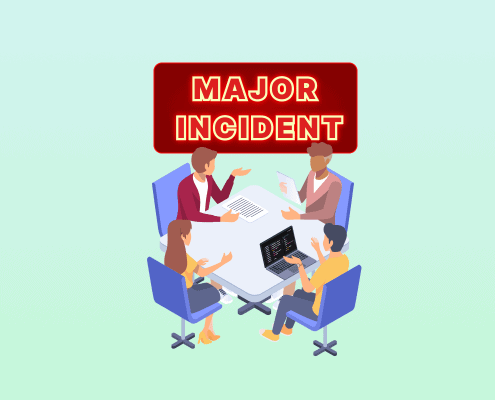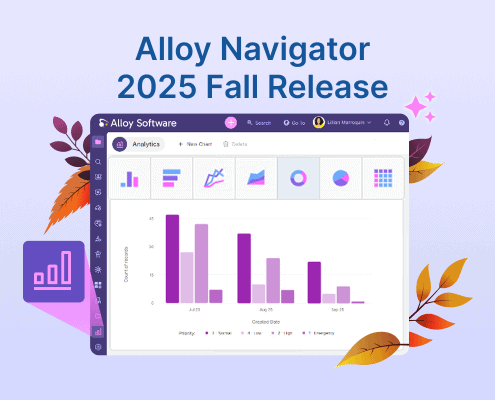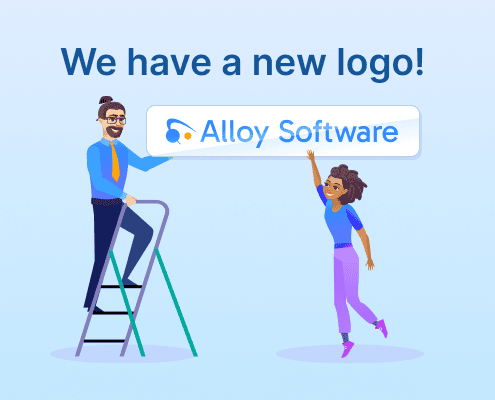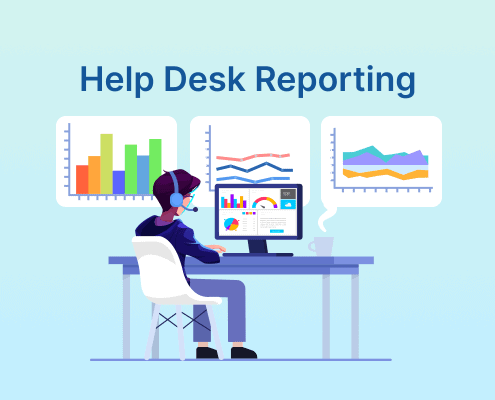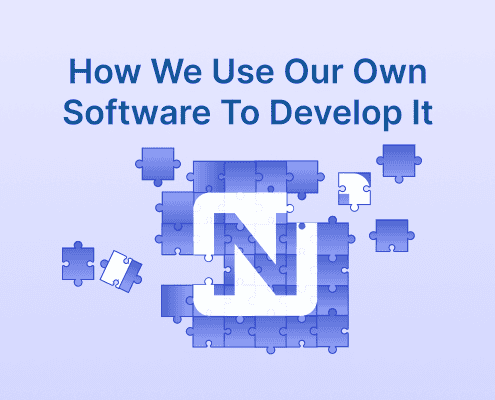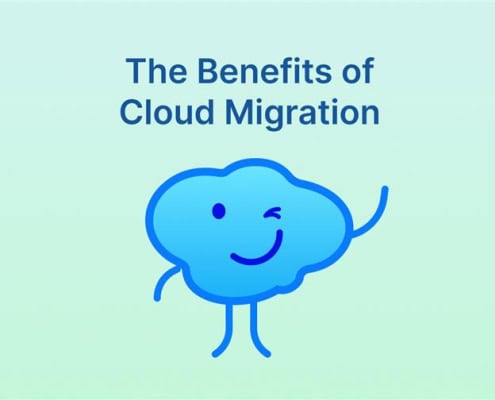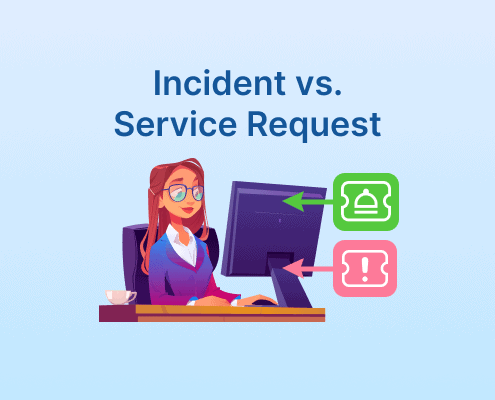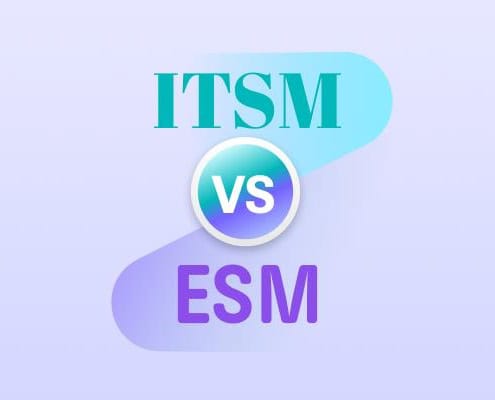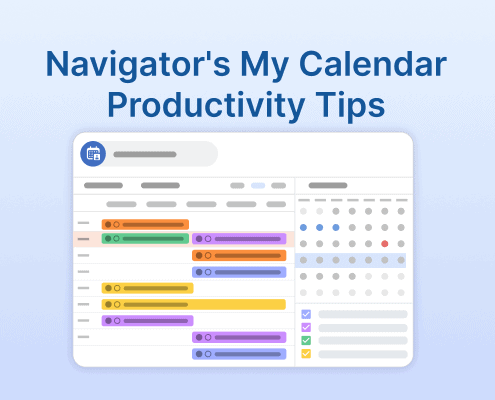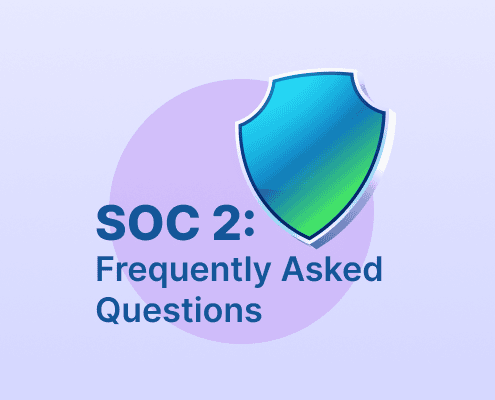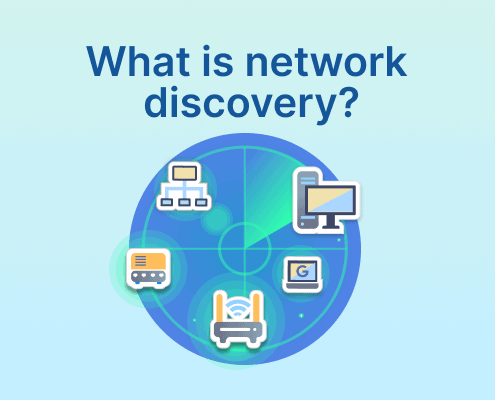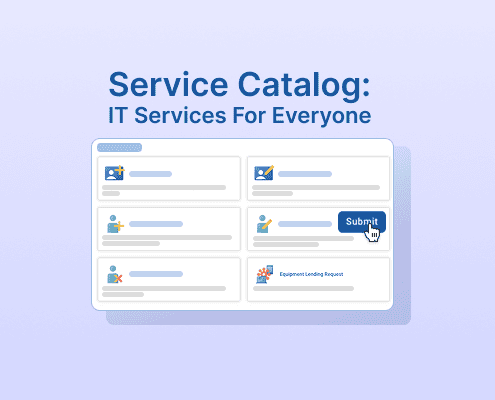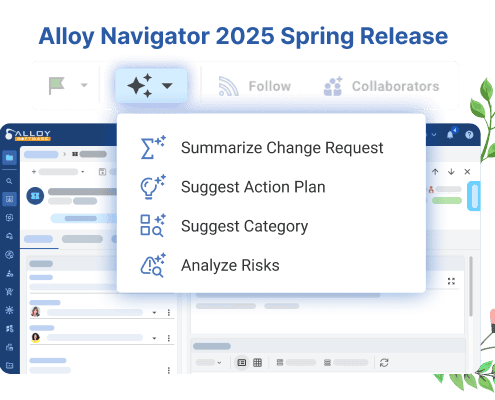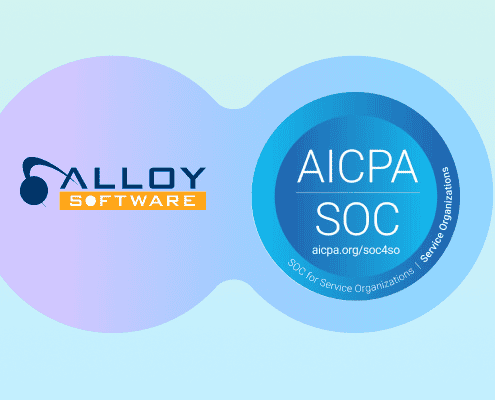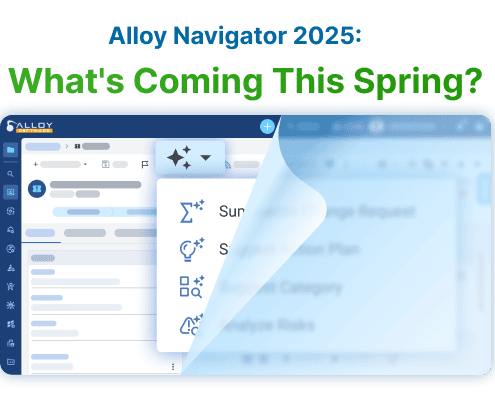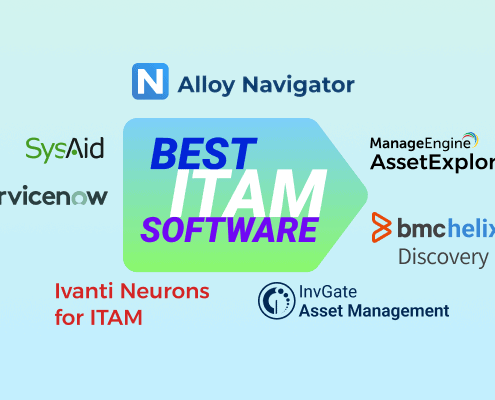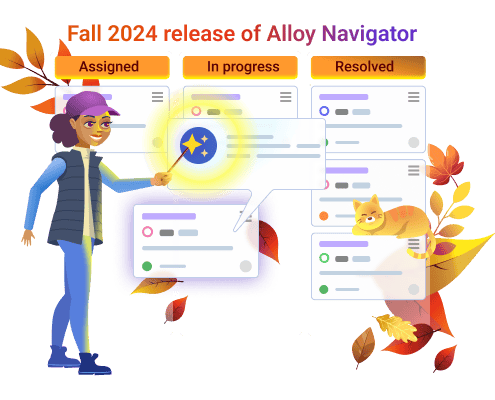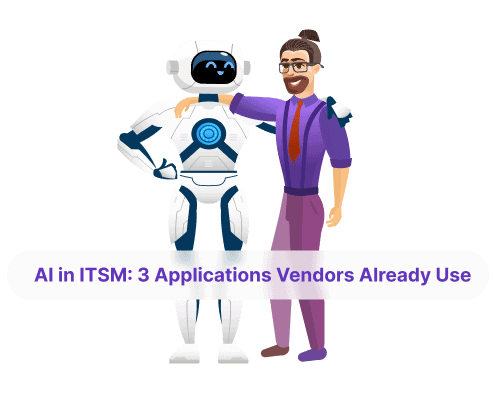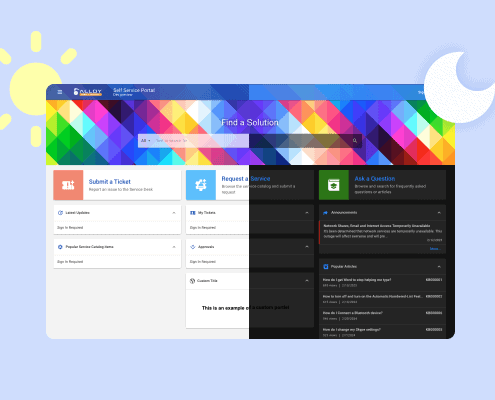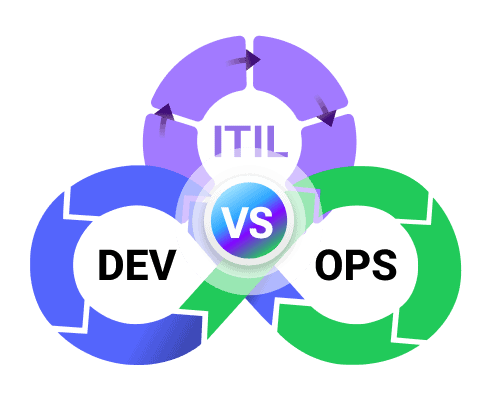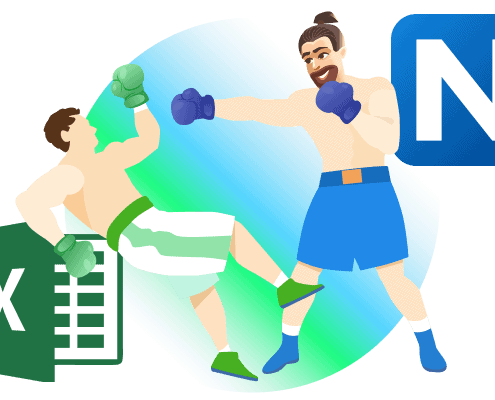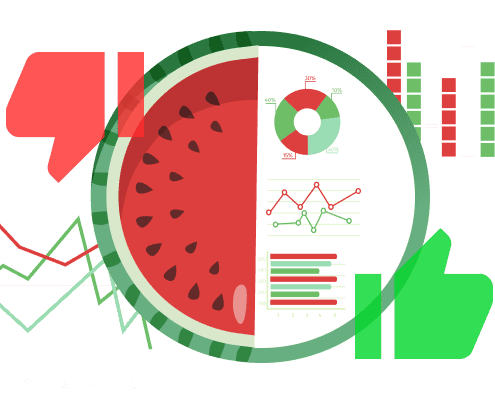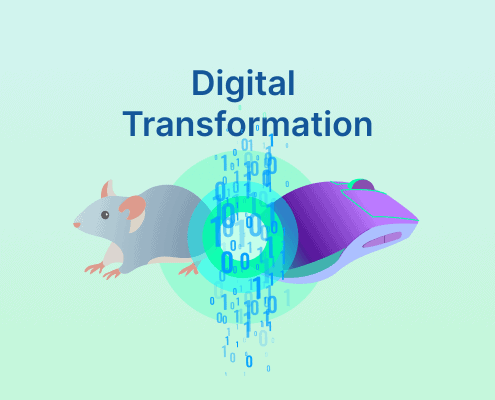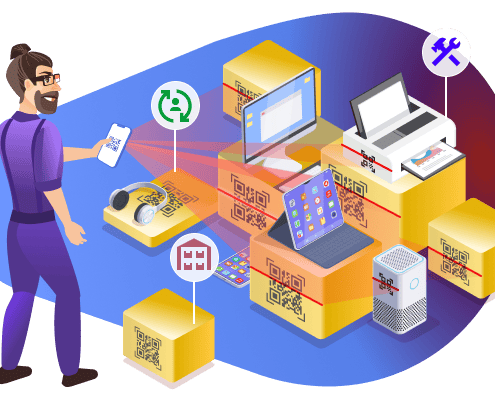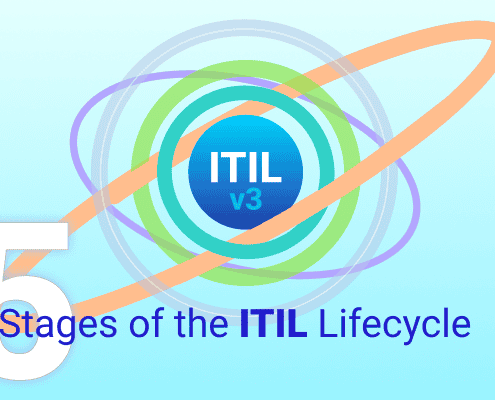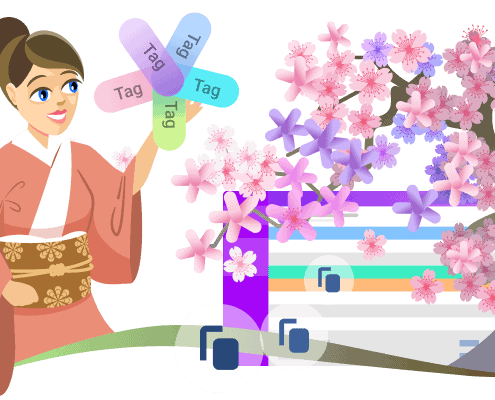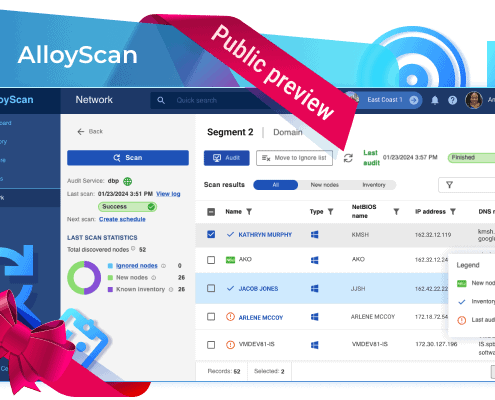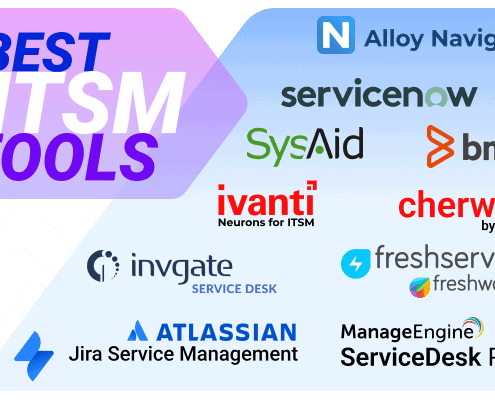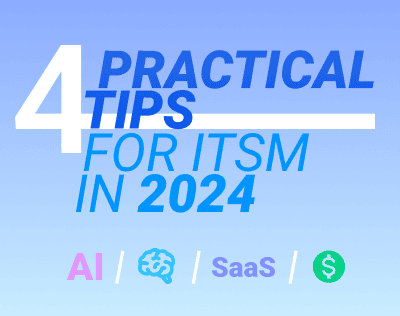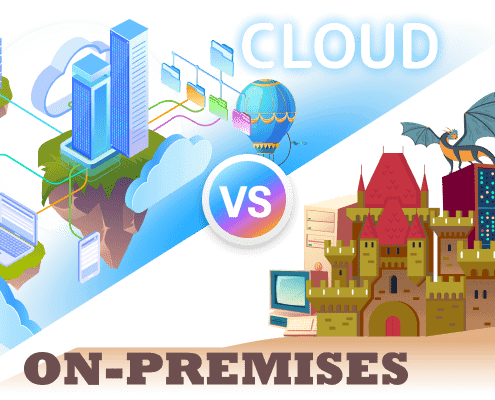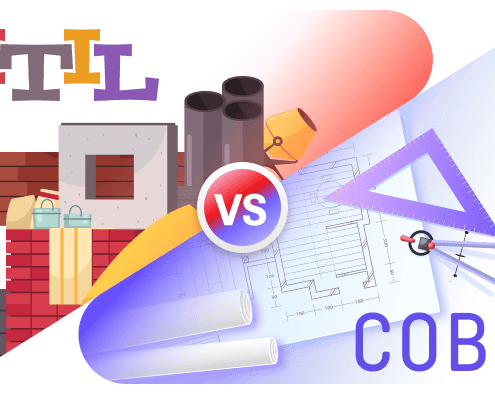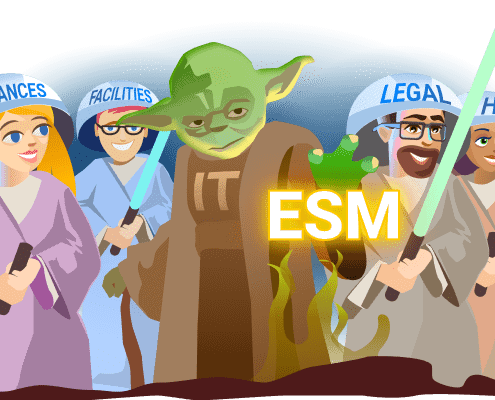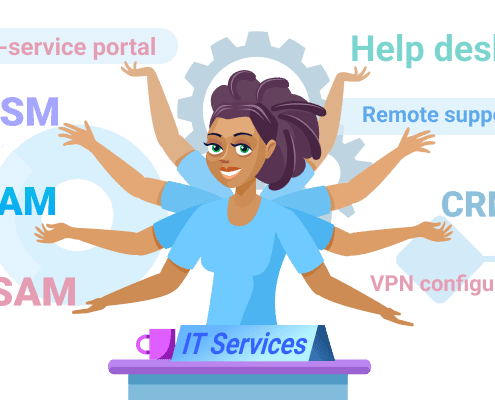IT asset management strategy: key challenges in 2024
While the steps above may sound straightforward, they only give us an outline, while thousands of practical details and hiccups remain unaddressed.
Let’s explore some of the current ITAM challenges and how companies can address them.
ITAM challenge 1: Remote work
The shift to remote work has fundamentally changed how IT assets are managed. With employees spread across various locations, tracking and maintaining IT assets has become more complex. A simple task like returning equipment from a remote employee has become a headache.
With Alloy’s solutions, you can collect info even from devices of remote workers, through agent-based network inventory. Just install an agent file to the needed device, and you’ll be able to collect asset information even when it’snot physically within the LAN.
Large companies with thousands of remote workers solve this problem by issuing standardized devices and software packages to all remote employees to simplify support, reduce compatibility issues, and make it easier to manage updates.
Another solution to this challenge could be virtualization. Virtualization allows IT teams to manage virtual machines (VMs) centrally, regardless of where the physical devices are located. This not only lowers costs related to procurement, but also enables the isolation of work environments from personal devices, reducing the risk of security breaches.
ITAM challenge 2: Rising cybersecurity risks
With the increase in remote work, the growing number of connected devices, and the increasing usage of internet apps for all tasks in our life from ordering food to meditation, cybersecurity risks are higher than ever.
Not a month goes by without cyber incidents that expose user data to malicious actors. Think of the NPD data breach that occurred in August 2024, or Microsoft’s employees’ passwords leakage in April 2024.
At Alloy Software, we’re used to saying it like a mantra: not even the biggest players are immune to cyber risks. How about you?
A solid ITAM strategy must include strong security measures to protect sensitive data and IT assets from cyber threats.
For example, Alloy Software is committed to keeping you informed and secure. Wondering if your software and hardware fleet is up-to-date? Check out our network inventory solution–proudly and honestly one of the best on the market.
ITAM challenge 3: New types of devices
The proliferation of new and diverse devices—such as augmented reality glasses, asset tags, smartwatches, temperature and humidity sensors, wireless headphones, microphones and video cameras for content creation, wireless charging devices, power banks, and projectors—adds another layer of complexity to IT asset management (ITAM).
Companies must not only adapt their asset management strategies to ensure these emerging technologies are tracked, maintained, and secured like traditional IT assets, but also focus on sourcing, pricing, and purchasing them under favorable terms.
Sometimes, the introduction of these devices even necessitates the creation of new workflows. For instance, incorporating augmented reality glasses into a company’s operations might require setting up specialized support teams and training programs, as well as developing protocols for software updates and security measures specific to these devices.
ITAM challenge 4: Economic recession, and microchip shortages
Economic pressures, including rising costs for devices and a global microchip shortage, have made it more difficult for companies to acquire and maintain IT assets. An effective ITAM strategy should include plans for extending the lifecycle of existing assets, negotiating better terms with suppliers, and exploring alternative sourcing options. Additionally, companies can consider leasing or renting IT equipment as a way to mitigate the impact of these challenges.


